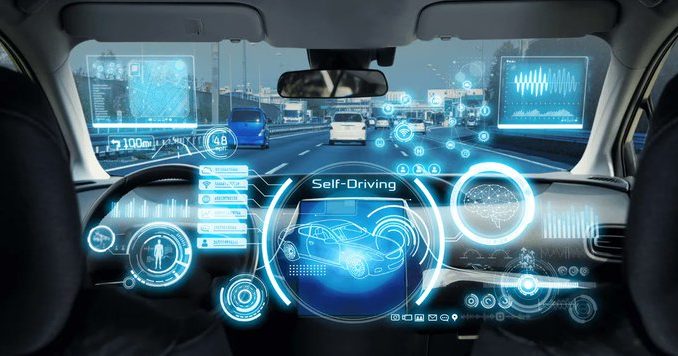
Autonomous vehicles require more than simple artificial intelligence. A self-driving car receives data from various sources such as sonars, cameras, radars, GPS, and lidars allowing it to navigate in any environment. Information from these devices should be processed quickly, and data volumes are massive.
The information from sensors is processed not only by the car’s computer in real-time. Some data is sent to peripheral data centers for further analysis. And then, through a complex hierarchy, it is redirected to various clouds.
The AI that the vehicle is endowed with is crucial, but also the processing capabilities of onboard computers, peripheral servers, and the cloud. The speed of sending and receiving data by the car, along with low latency, are both also very important.
Data Volume Problem
Even ordinary cars, with a driver behind the wheel, are generating more and more data. Self-driving cars can generate approximately 1TB of data per hour. This amount of data is simply gigantic. And it represents one of the barriers to the mass adoption of autonomous driving.
Unfortunately, all the data of a self-driving car cannot be processed in the cloud or peripheral data centers as this introduces too much delay. Even a 100-ms delay can make the difference between the life or death of a passenger or pedestrian. The car must respond to emerging circumstances as quickly as possible.
